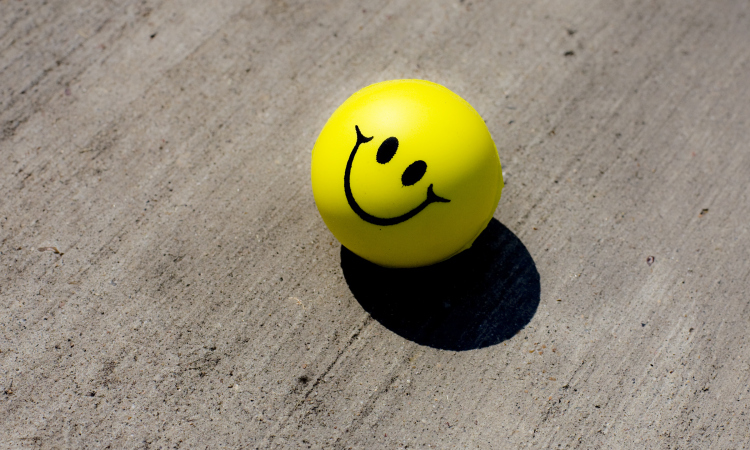Media Savvy Nurses & Minnesota Sun Flakes: A Recent Nurse Messenger Training Day
Snow in April would paralyze New York. But this was Minnesota, and snow with sunshine would never be an excuse for anything.“Unusual,” Dr. Mary Jo Kreitzer said, but she and her students arrived earlier than the start time that Tuesday morning. They were eager to get media savvy, ready with ideas, all ears for the fourth annual nurse media training, “Media Relations: A Surprising Strategy in the Nurse Leader’s Toolbox Workshop,” sponsored by the Center for Spirituality and Health in Minneapolis, Minnesota.
Fourteen participants came prepared with a health issue they’d focus on and craft into key, media-ready messages. Topics reflected their clinical, educational and research expertise, many bringing long-time passions left on the back burner, revived in this unique training by myself and my colleague, Diana Mason.
Examples ranged from the use of integrative health therapies to reduce pain in children undergoing bone and blood marrow transplants, teaching self-care and mindfulness practices to school-age children to build resiliency and learn healthy coping skills, patient engagement in health care decision-making, digital trends in nursing, and the role of self-care for health care providers in improving patient outcomes.
We were invited back for our annual media training by Dr. Mary Jo Kreitzer, PhD, RN, FAAN, Founder and Director of the Center for Spirituality and Healing and co-director of the Doctorate in Nursing Practice (DNP) program in integrative health and healing, a collaboration between Nursing and the Center DNP program at the University of Minnesota School of Nursing.
Dr. Kreitzer understands that media training is critical to leadership development for nurses. She’s a media maven, in addition to her penchant for commentary on the weather. Whenever the sun peaked out during the all-day media training, she’d alert me and point out the conference room window to the rays that peaked through the gray clouds. I joked with Kit Breshears, Communications Director at the Center for Spirituality and healing, and asked if the precipitation was a flurry of sun flakes, Minnesota style.
Happy to be indoors, the students were engaged, worked hard, and after only 20-minutes of team prep time, nailed their individual on-camera mock television interviews and mock press conferences. Delivered to participants-turned-journalists, the exercise is always a favorite culmination of our media training curriculum.
At the end of the workshop, we asked everyone to share a take-away. “Developing key messages and using the message triangle. It’s going to help me with all my presentations, including one in class tomorrow night,” said a student participant, speaking about a concept that we use to teach message delivery. Another said, “It built my confidence in so many ways,” while others shared of plans to create a stronger online presence. Many shared appreciation for their new skill of crafting messages, “…on this issue[s] that I care a great deal about.”
They came ready, and with topics of interest. We trained them on message delivery, and walked them through how to develop their own media plans. Then Diana and I asked them to commit to one post-workshop action. Commitment could include writing an op-ed, starting a blog, or reaching out to a reporter they follow to pitch a story idea to them.
Then one participant asked, “When’s the next Advanced Media Training Workshop scheduled?” A few more chimed in. “Yeah, when will you come back?” We laughed and looked over to our sponsors.“In June. When it isn’t snowing.”
For more information on Nurse Messenger Training, an evidence-based, industry-recognized program by nurse journalists with over twenty-five years in media and health care policy, please contact CHMP.
[caption id="attachment_9819" align="aligncenter" width="677"] Photo credit: Cyphunk,







